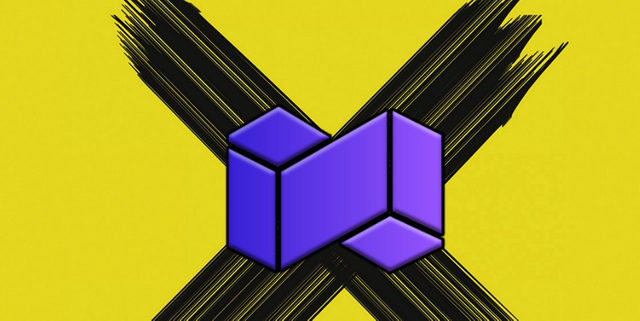
About the Blockchain
Decentralized general ledgers are known as blockchains. Pure mathematics are used to convert the database's status (records) to a common accord in a computer network. As a result, there is no requirement for a centralized server or a third party we can rely on (e.g. central bank, notaries, banks, Paypal, etc.). For all cryptocurrencies, the blockchain serves as the technological foundation.
The smart contracts, a piece of code that is recorded in the blockchain network (in each participant's database), are an important aspect of the blockchain. It basically lays up the terms under which the contract agreement is binding on all parties involved. As a result, specific actions are taken if certain conditions are met. It's necessary for everyone to run the smart contract in order for it to work on the network. As a result of this, users will know that the results are accurate.
Some of you may confuse the downfall of traditional money with the rise of digital currencies. When it comes to money, emptying is bad. But for digital currencies, this is a plus. Emptying refers to a reduction in the cost of a resource due to certain conditions, such as over-stamping, in traditional money. Flattening in the context of Bitcoin generally refers to the digital currency's largest supply. As private keys are misplaced and coins can no longer be recovered, the overall supply of BTC will be reduced in the long run. Other forms of digital currency are also deflationary.
As time goes on, the market supply of a deflationary crypto decreases. Clients or members of an undertaking's team may engage in activities that reduce the supply of a certain cryptocurrency. Token consumption is a common strategy for achieving this goal. The fact that digital money has a finite supply means that it is by definition deflationary. Since the coin's inventory decreases as long as financial backers buy and hold it, they get this status. In the crypto market, Bitcoin is the king coin, and it has the most impressive strength to date.
A deflationary utility token built on the Polygon network, SpyritCoin was developed with two practical principles in mind: Recurring Tax Back to Investors (RTBI) and Liquidity Acquisition (LA).
What Does "Utility" Really Mean?
The SpyritCoin utility will be used in the SPYRIT stage of development. Conventions on the platform allow customers to trade quickly, with auto compound marking, high return farming, and nonstop NFT marking.
What We've Learned
"DEFI" is an acronym for
In order to guarantee a free streaming business sector, this application relies on the DeFi standard.
Dextrorotational synthesis
Using the Polygon Network, clients will be able to buy, sell, and exchange their coins and tokens safely.
spanish
Transform your Polygon-organized SpyritCoin into a Spyrit Chain.
Staking and Farming
A homestead or liquidity pool can provide yield in exchange for SpyritCoin or NFTs staked.
- Cryptocurrency
With low gas costs and improved usability and scalability, the Spyrit Chain is another Layer 1 blockchain convention. - The Metaverse
The Spyrit Realm is a unique story-based MetaVerse game featuring NFT utility and in-game NFT content. Spyrit Chain-created and -transmitted data.
More Information about Spyrit
Website : https://spyritcoin.io/
Whitepaper : https://github.com/spyritcoin/SPYRIT-Paper/blob/main/SPYRIT%20PAPER.pdf
Twitter : https://twitter.com/spyritcoin
Telegram : https://t.me/spyritcoin
GitHub : https://github.com/spyritcoin
DisCord : https://discord.com/invite/xzyeMr3Rbb
Creator Article
Forum Username: Roland0Guita
Forum Profile Link: https://bitcointalk.org/index.php?action=profile;u=3402230
WALLET ADDRESS: 0x37aF53958890c3A548Ab75CCC350c16A0fF5DCfB